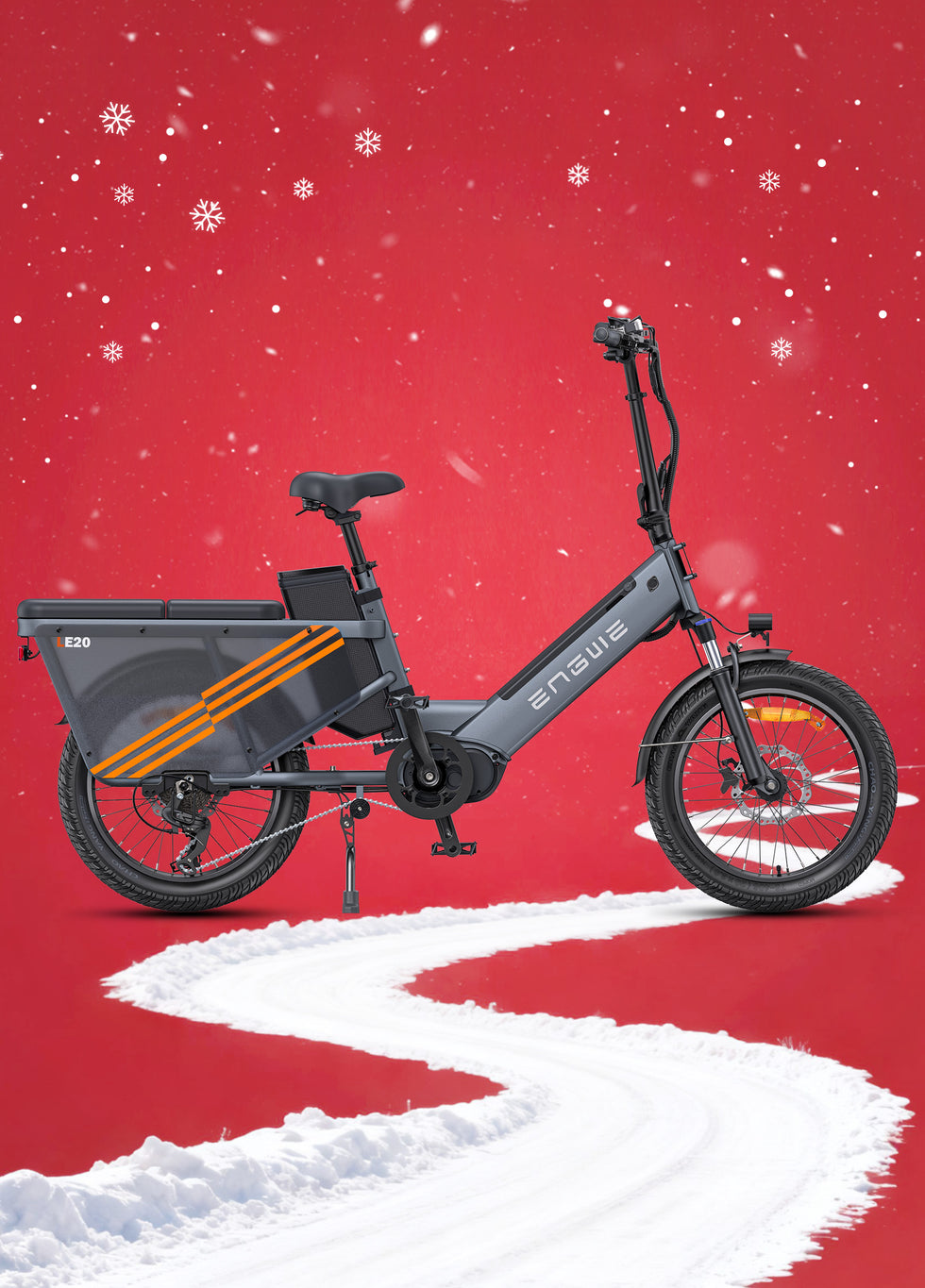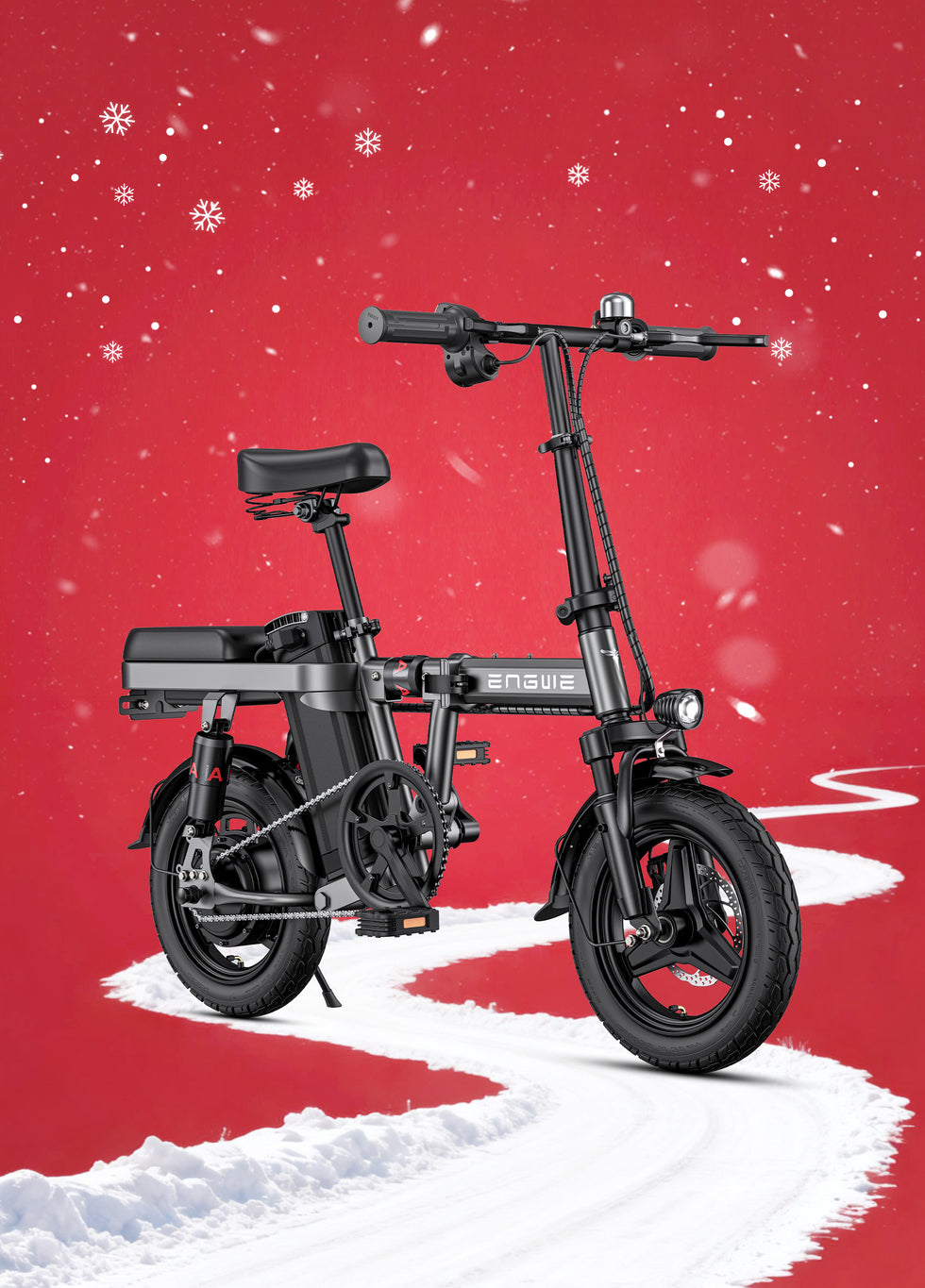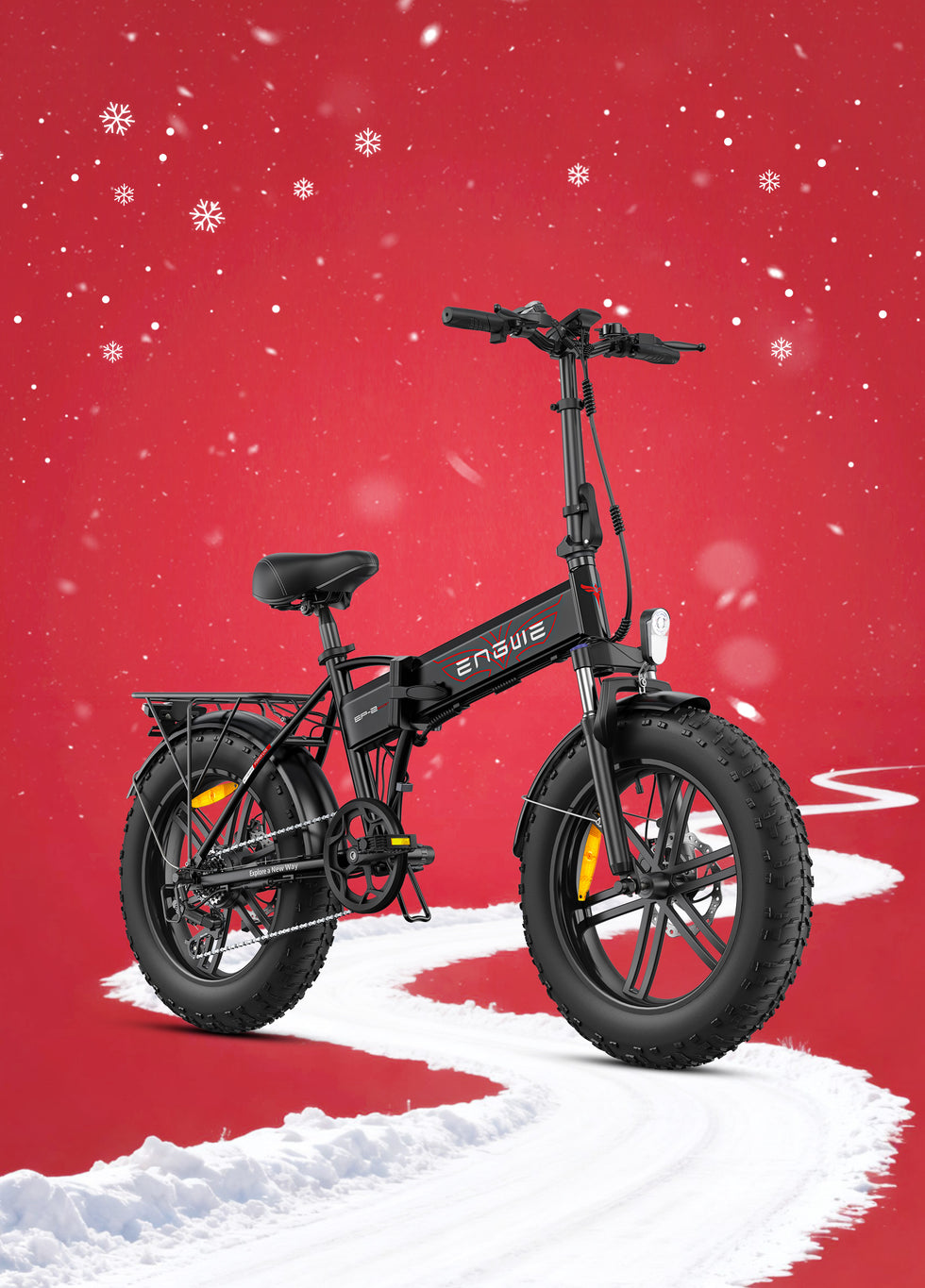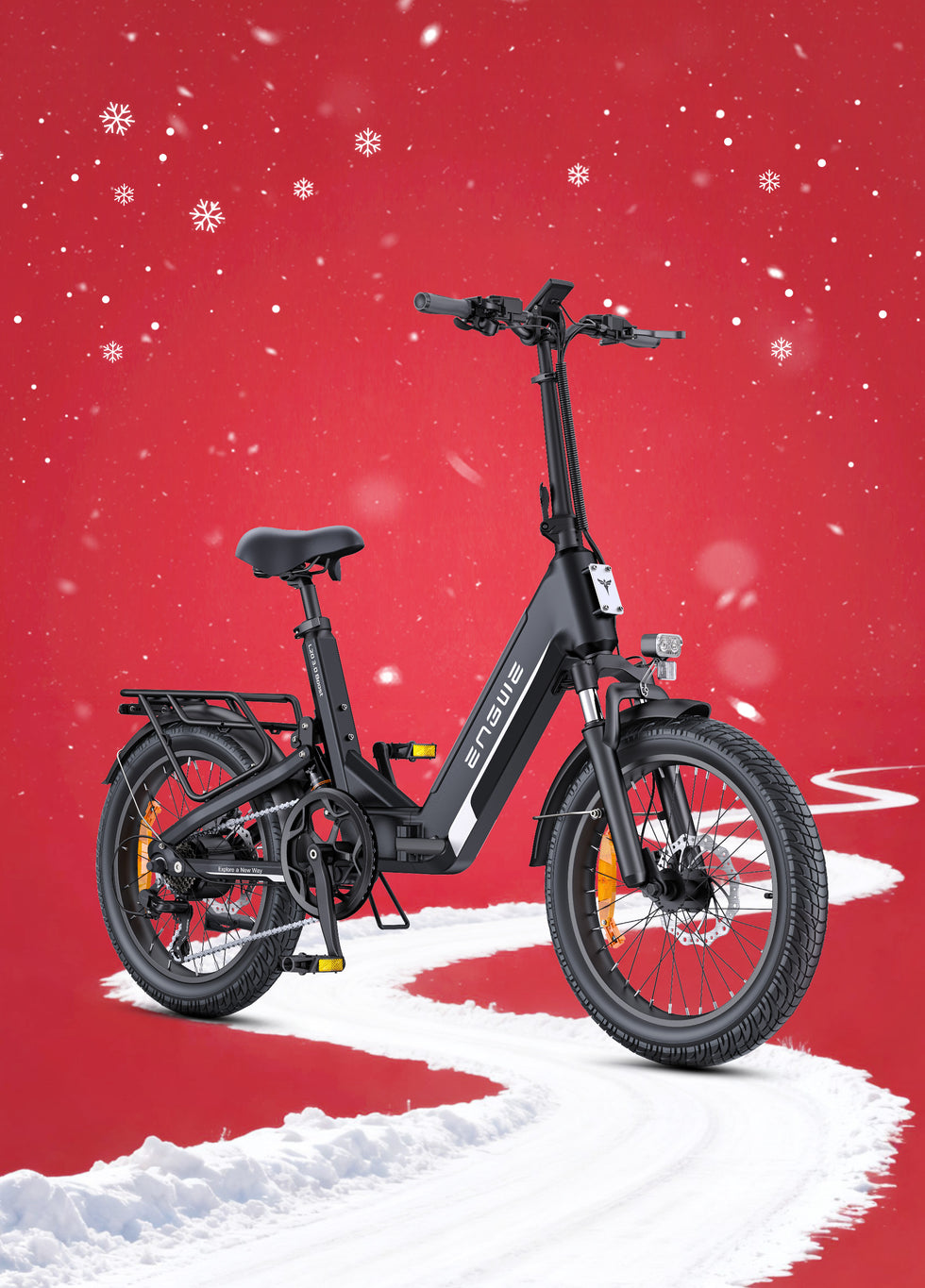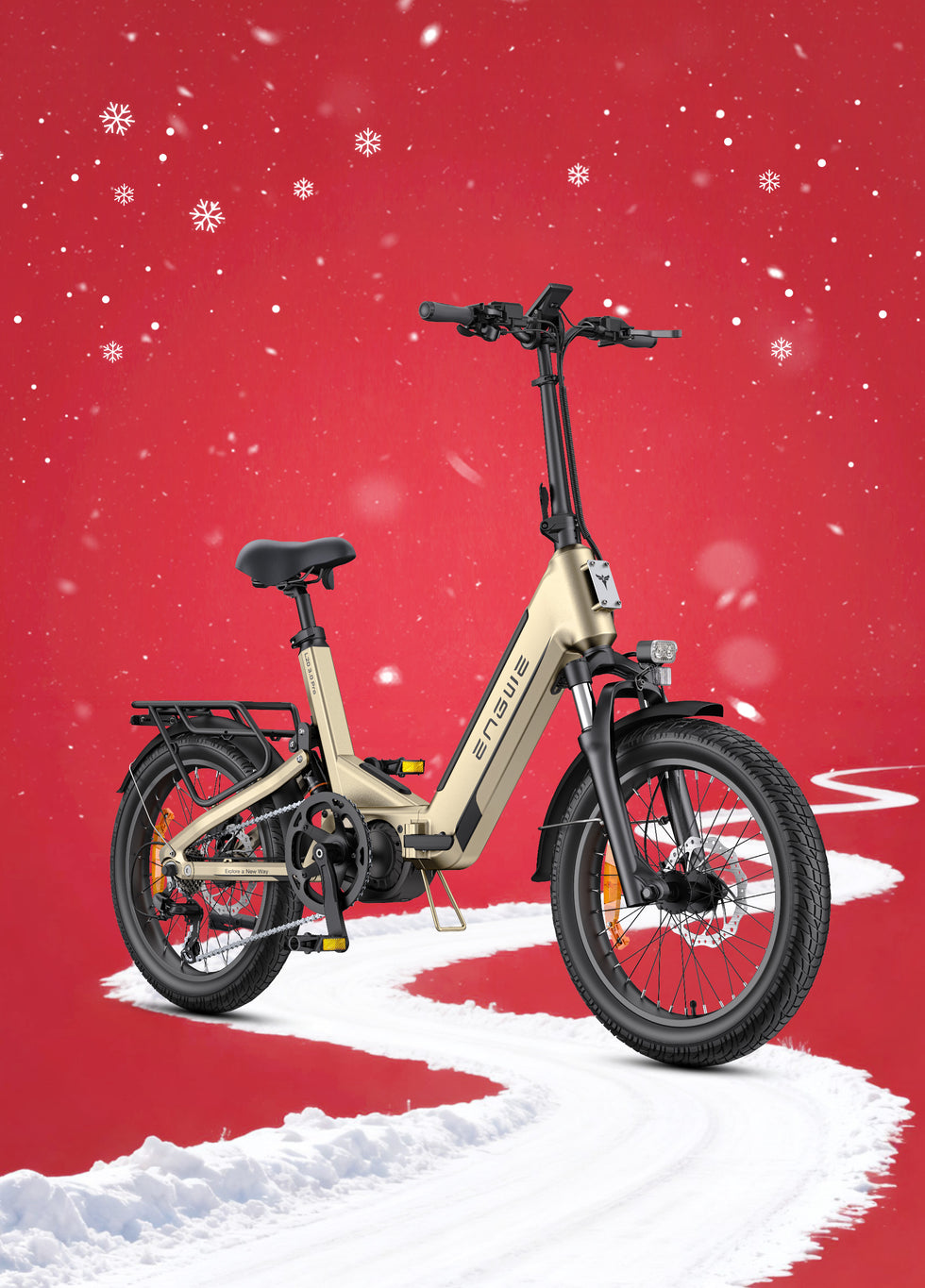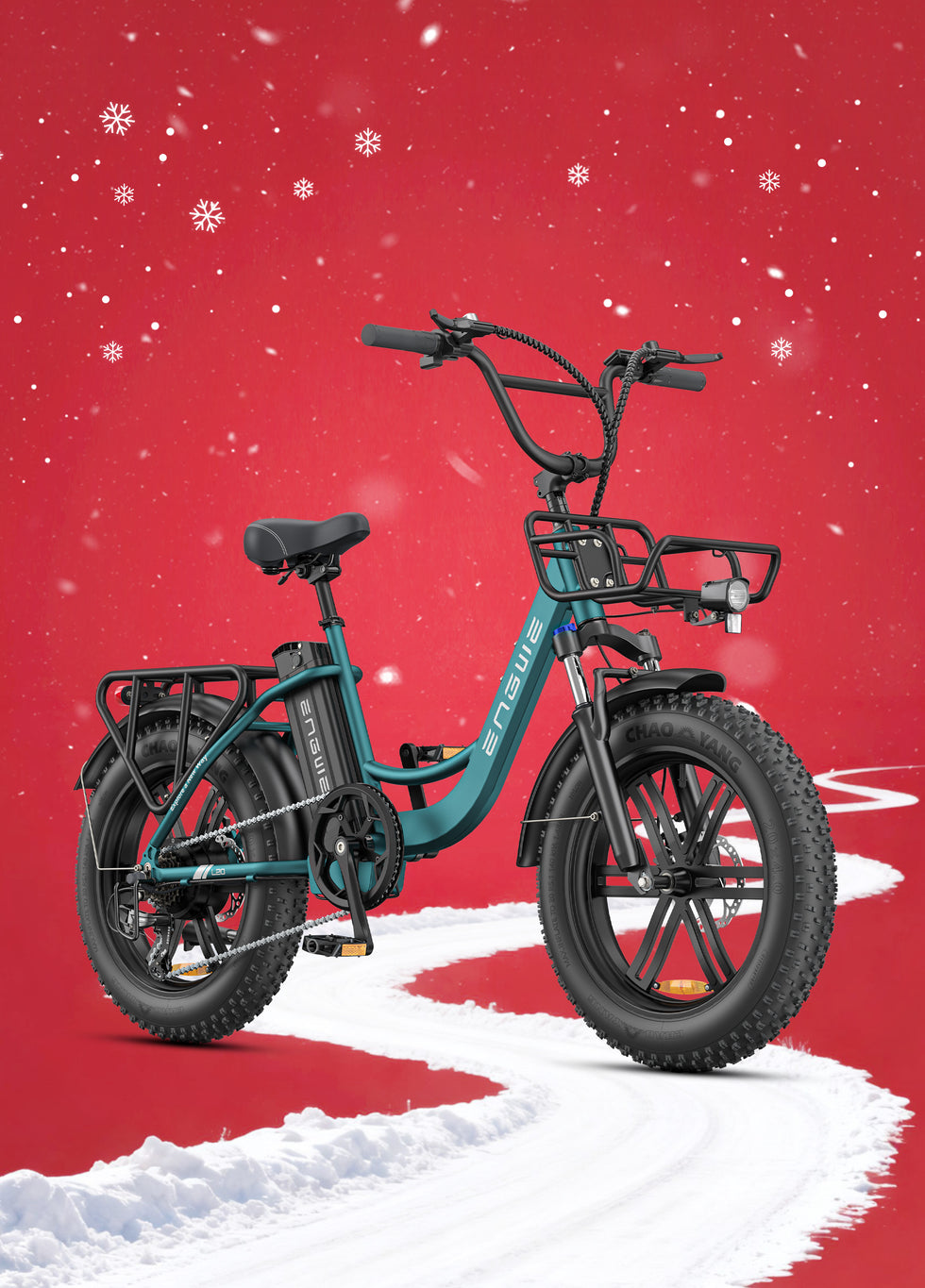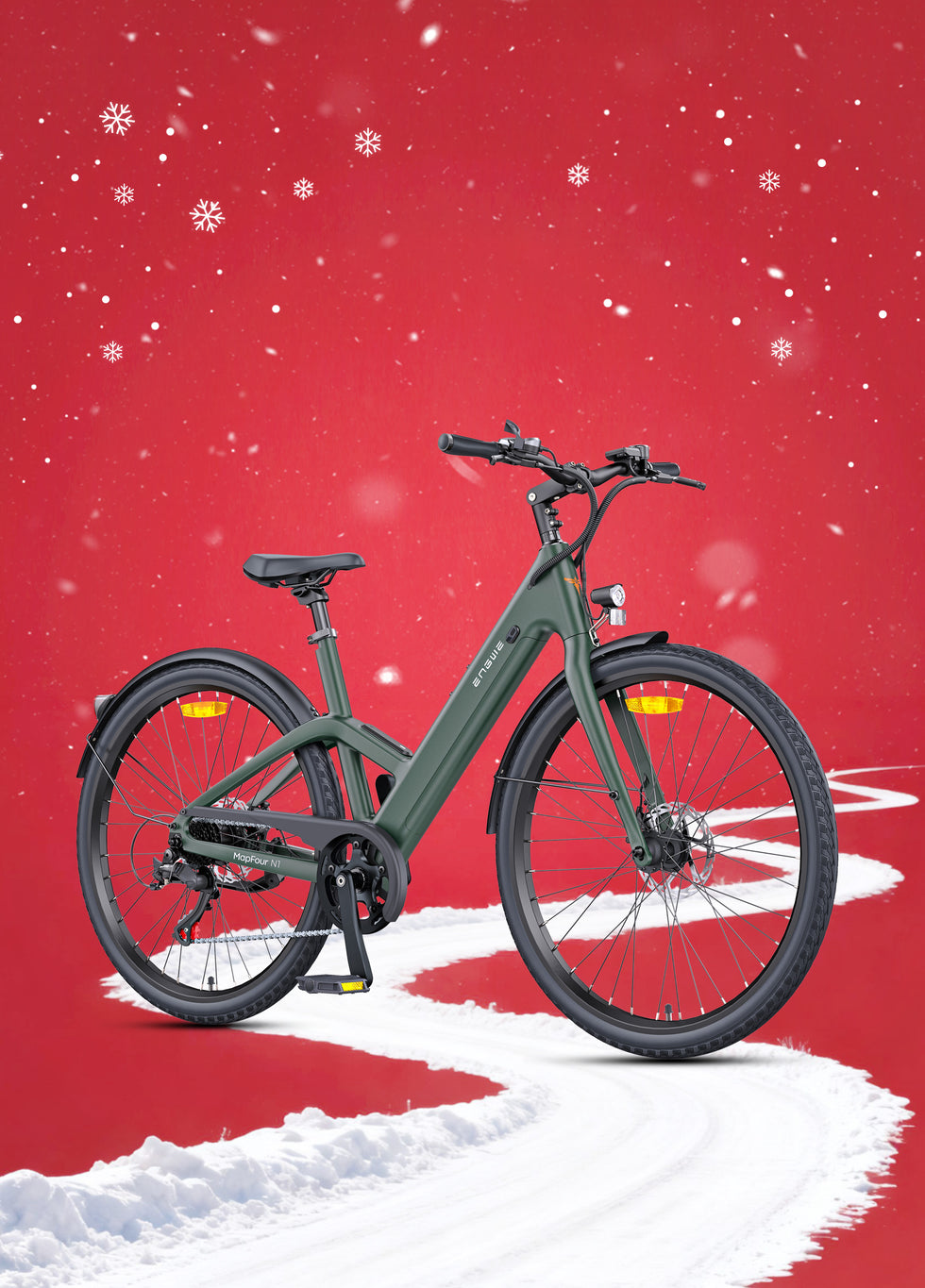Understanding the 48V battery for your e-bike is the single most important step you can take towards unlocking a better ride. It’s not just a power source; it's the heart of your electric bike, dictating its power, range, and overall personality. Many riders are drawn to the promise of "48V" but are often left with questions about what it truly means for their daily commute or weekend adventure. This guide cuts through the technical jargon to give you the practical, real-world knowledge you need, drawing from experience to help you choose wisely, ride further, and care for your battery properly. We will explore what the numbers mean, how they translate to performance on the road, and what you need to consider before buying a new battery or a complete electric bike.
Before we dive into the specifics of a 48V battery for an e-bike, here is a detailed breakdown of the common questions and problems users face, which this article is structured to solve.
| User's Potential Problem/Question | Section in Article Addressing This | Key Information Provided |
|---|---|---|
| What do the technical terms 48V, Ah, and Wh actually mean? I'm confused by the numbers. | Demystifying the Numbers: What 48V and Ah Really Mean | A simple analogy explaining Volts (V) as power/pressure, Amp-hours (Ah) as fuel tank size/capacity, and Watt-hours (Wh) as the total energy available. |
| How will a 48V battery change my riding experience compared to a 36V one? Is it worth it? | The Real-World Impact: How a 48V System Transforms Your Ride | Focuses on tangible benefits: better hill-climbing ability, faster acceleration, higher load capacity, and a more responsive, confident feel on the road. |
| I'm looking for a new e-bike. Which brand makes good use of 48V technology? | A Masterclass in 48V Integration with the ENGWE EP-2 Boost | A dedicated look at how ENGWE integrates a 48V battery in their EP-2 Boost model, highlighting features like range, power, and user-centric design. |
| I need to replace my battery. Can I just buy any 48V battery and plug it in? What do I need to check? | Compatibility and Upgrades: The Critical Checklist Before You Buy | A crucial guide on checking physical dimensions, connector types, and controller voltage compatibility to avoid damaging your e-bike. |
| How can I make my expensive battery last as long as possible? What are the safety risks? | Maximising Lifespan: Your Guide to Battery Care and Safety | Practical, actionable advice on correct charging habits (the 20-80% rule), proper storage, and essential safety precautions to prevent accidents. |
Demystifying the Numbers: What 48V and Ah Really Mean
When you look at a 48V battery for an e-bike, you'll see a few key numbers, primarily Volts (V) and Amp-hours (Ah). It's easy to get lost, but the concept is simpler than it seems. Think of your e-bike's electrical system like plumbing. The Voltage (V) is the water pressure. A 48V system has higher "pressure" than a 36V system. This means it can push electricity to the motor with more force, which is why 48V bikes generally feel more powerful and are better at tackling hills. Amp-hours (Ah), on the other hand, represent the size of your water tank. A battery with more Amp-hours, like 13Ah or 16Ah, holds more energy and will therefore give you a longer range, all other things being equal. To get the full picture, you can multiply these two figures (Volts x Amp-hours) to get Watt-hours (Wh), which is the truest measure of the total energy capacity of your battery. So, a 48V 13Ah battery contains 624Wh of energy. This number is your best guide to comparing the potential range between different batteries.
The Real-World Impact: How a 48V System Transforms Your Ride
Technical specifications are one thing, but what does a 48V system feel like on the road? The difference is significant. From personal experience, the most noticeable upgrade from a 36V system is the acceleration. When you pull away from a traffic light or start up a hill, a 48V system delivers power more readily, giving you a sense of confidence and control. That higher "pressure" we talked about really comes into play when you encounter an incline. Where a 36V bike might start to struggle and require you to pedal hard, a 48V bike will maintain its speed with far less effort from you. This makes it ideal for riders in hilly areas or for those who carry cargo, like groceries or a child seat. The ride feels more robust and less strained, as the motor is operating comfortably within its power band, rather than constantly pushing its limits. It turns a challenging commute into an enjoyable cruise.

A Masterclass in 48V Integration with the ENGWE EP-2 Boost
Seeing how a manufacturer expertly integrates a 48V system into a complete package is the best way to understand its potential, and ENGWE is a prime example of this. They don't just add a powerful battery; they design the entire electric bike around it. Take the ENGWE EP-2 Boost model. It is equipped with a perfectly matched 48V 13Ah removable lithium-ion battery. This isn't just a number; it's the powerhouse that delivers a remarkable range of up to 120km in pedal-assist mode, effectively eliminating range anxiety for most riders. This battery provides the necessary energy to the 250W motor, unleashing an impressive 55Nm of torque. For the rider, this means steep hills become trivial, especially when you use the instant power surge from its Boost button. The integration of a torque sensor ensures this power is delivered smoothly and intuitively, responding to your pedalling for a more natural feel. Furthermore, ENGWE has considered the practicalities; the battery is removable, allowing you to charge it conveniently indoors and keep it secure from theft. This thoughtful engineering, combining a high-capacity 48V battery with a high-torque motor and intelligent sensors, makes the EP-2 Boost an outstanding choice for anyone seeking a powerful, reliable, and user-friendly riding experience.

Compatibility and Upgrades: The Critical Checklist Before You Buy
If you're looking to replace an old battery or upgrade your existing e-bike, you cannot simply buy any 48V battery for an e-bike and expect it to work. Compatibility is crucial to avoid costly, and potentially dangerous, mistakes. First, check the physical dimensions and mounting bracket. Will the new battery physically fit in the frame? Second, inspect the discharge connector. There are dozens of types, and it must match your bike's connector perfectly. Third, and most importantly, you must verify that your e-bike's controller is rated for 48V. The controller is the brain of your e-bike, regulating power from the battery to the motor. If you connect a 48V battery to a controller designed for 36V, you will almost certainly damage or destroy it. The controller's voltage rating is often printed on its case. If you're upgrading from 36V to 48V, you will need to replace both the battery and the controller, and possibly the display unit as well. Always prioritise safety and compatibility over a small boost in power.

Maximising Lifespan: Your Guide to Battery Care and Safety
A 48V e-bike battery is a significant investment, and proper care will dramatically extend its life and ensure its safety. The lithium-ion cells inside your battery are happiest when they are not at extreme states of charge. For daily use, try to follow the 20-80% rule: avoid draining the battery completely flat and avoid charging it to 100% every single time if you don't need the full range. Charging it to around 80-90% for regular commutes puts less stress on the cells. If you plan to store the bike for an extended period (more than a few weeks), do so with the battery charged to about 40-60%. Never store it fully charged or completely empty. Temperature is another critical factor. Avoid leaving your battery in a hot car or in direct sunlight, and don't charge it in freezing temperatures. For safety, always use the charger that came with your battery, charge on a hard, non-flammable surface, and never charge a battery that appears damaged, swollen, or cracked.
Frequently Asked Questions
1. Can I use a 52V battery on my 48V e-bike for more power?
This is a common question from performance enthusiasts. While technically possible in some cases, it is very risky and generally not recommended. Most 48V controllers have a maximum voltage limit. A fully charged 48V battery sits around 54.6V, while a fully charged 52V battery is around 58.8V. Some high-quality 48V controllers can handle this slight over-voltage, but many cannot and will be permanently damaged. Using a 52V battery will void your warranty and could create a safety hazard. Unless the manufacturer of your e-bike or controller explicitly states it is compatible with 52V systems, you should stick with a 48V battery.
2. Why is my 48V battery's range decreasing over time?
All lithium-ion batteries experience degradation over their lifespan; it's a natural chemical process. The range decreases because the battery's total capacity to hold a charge diminishes with each charge cycle. Several factors accelerate this process: frequently draining the battery to 0%, regularly charging it to 100% and leaving it on the charger, storing it in very hot or cold temperatures, and consistently demanding high power (using high assist levels or the throttle constantly). To slow this process, follow the battery care tips mentioned earlier, such as keeping the charge between 20-80% for daily use.
3. Is it safe to leave my 48V e-bike battery charging overnight?
While modern, high-quality chargers and Battery Management Systems (BMS) are designed to prevent overcharging by shutting off once the battery is full, it is still not the safest practice. There is always a small, residual risk of malfunction with any electronic device. The best practice is to charge your battery when you can be present, and to unplug it once it is fully charged or has reached the desired level (e.g., 90%). Never charge your battery near flammable materials and ensure there is good ventilation.
4. What is the realistic, real-world range of a 48V 13Ah (624Wh) battery?
Advertised ranges are almost always calculated under perfect conditions: a lightweight rider, low pedal assist mode, flat terrain with no wind, and consistent, moderate speed. In the real world, your range will be lower. For a 624Wh battery, a realistic range could be anywhere from 50 to 80 kilometres with mixed-use. Factors that will significantly reduce range include heavy use of the throttle or high-power assist modes, riding up many steep hills, a heavy rider or cargo load, strong headwinds, and low tyre pressure. Think of the advertised maximum range as a best-case scenario.
5. How do I know when my 48V battery needs to be replaced?
There are several clear signs that your battery is nearing the end of its life. The most obvious is a severely diminished range, for example, if a ride that used to consume 50% of your battery now uses 80-90%. Another sign is if the battery can no longer hold a charge for very long after being unplugged. A more critical indicator is if the bike's power cuts out unexpectedly, especially when going uphill or accelerating hard, as this suggests the battery can no longer provide the required voltage under load. Finally, any physical damage, such as cracks in the casing, or especially any swelling or puffiness, means the battery is unsafe and must be replaced and disposed of properly immediately.
A deeper understanding of your 48V battery for an e-bike is the key to unlocking its full potential and ensuring many years of happy riding.



